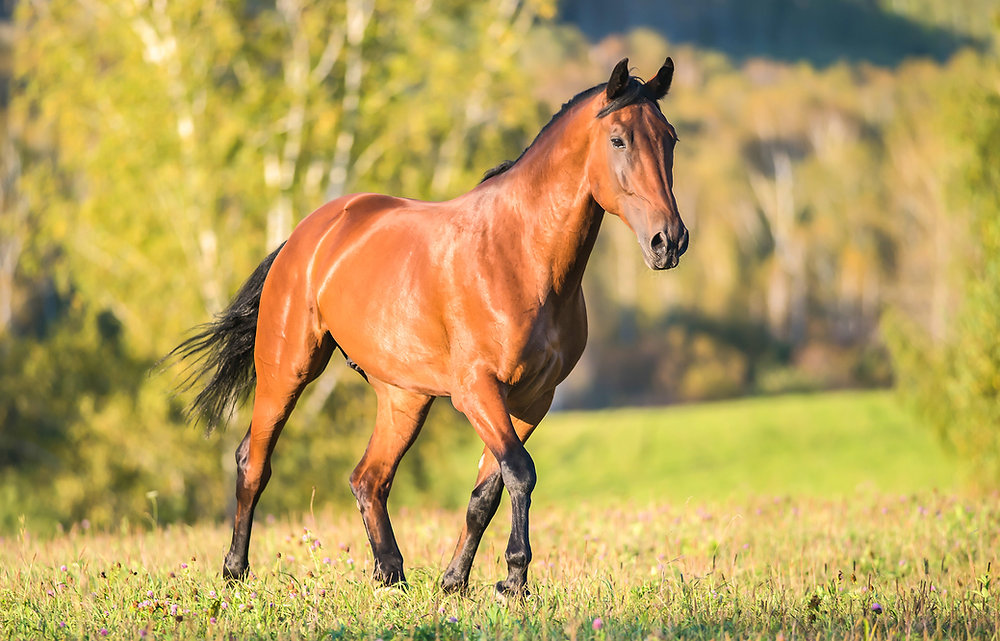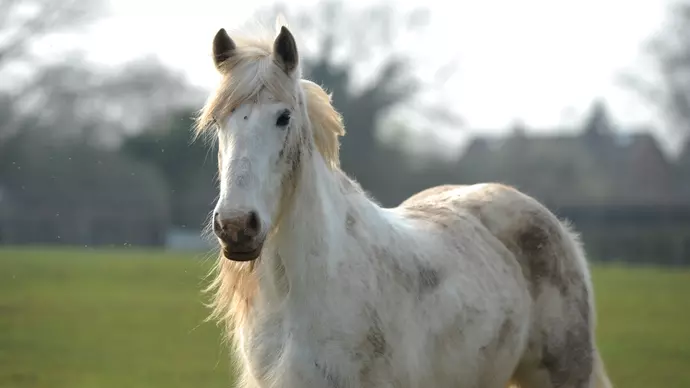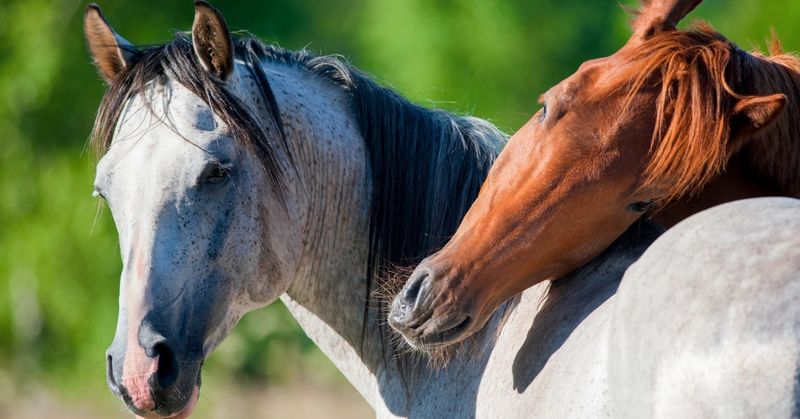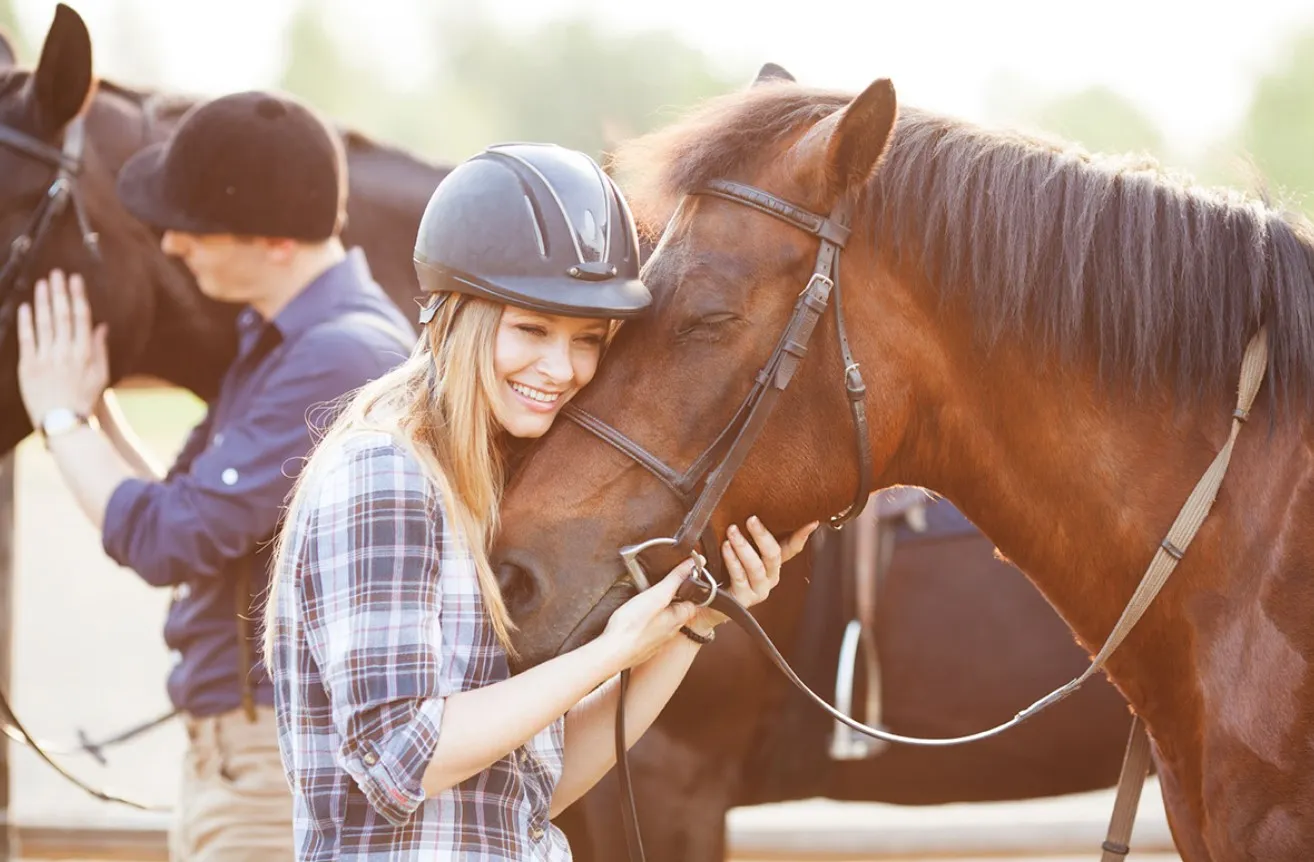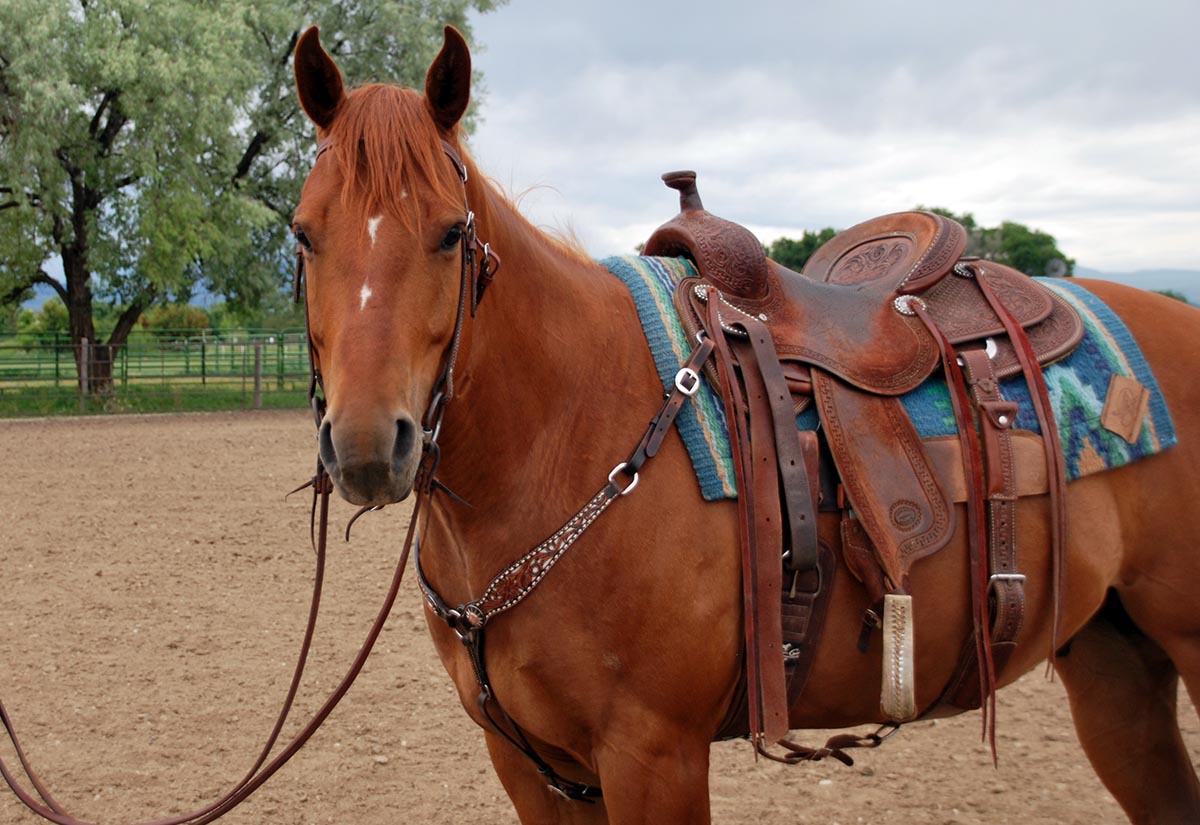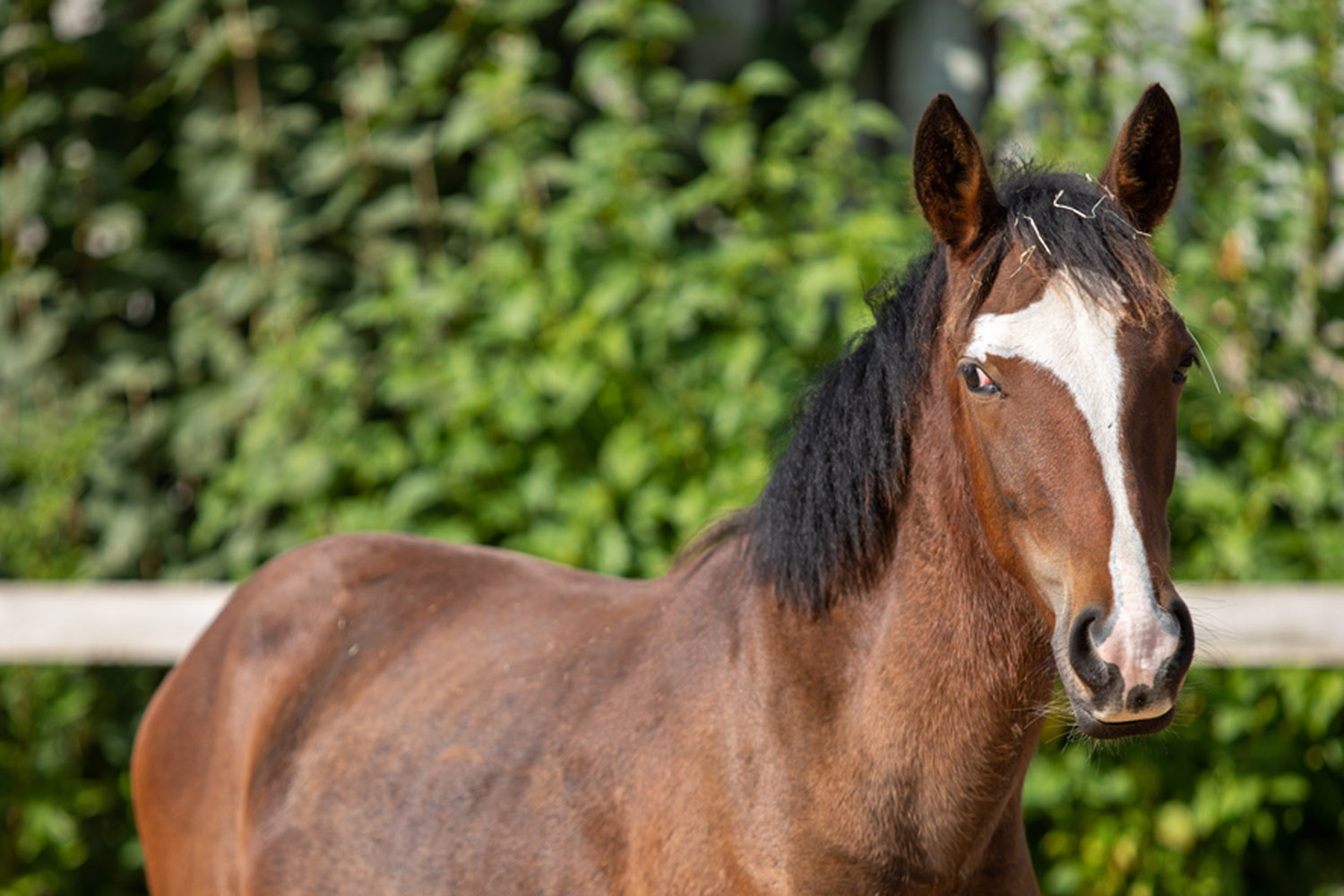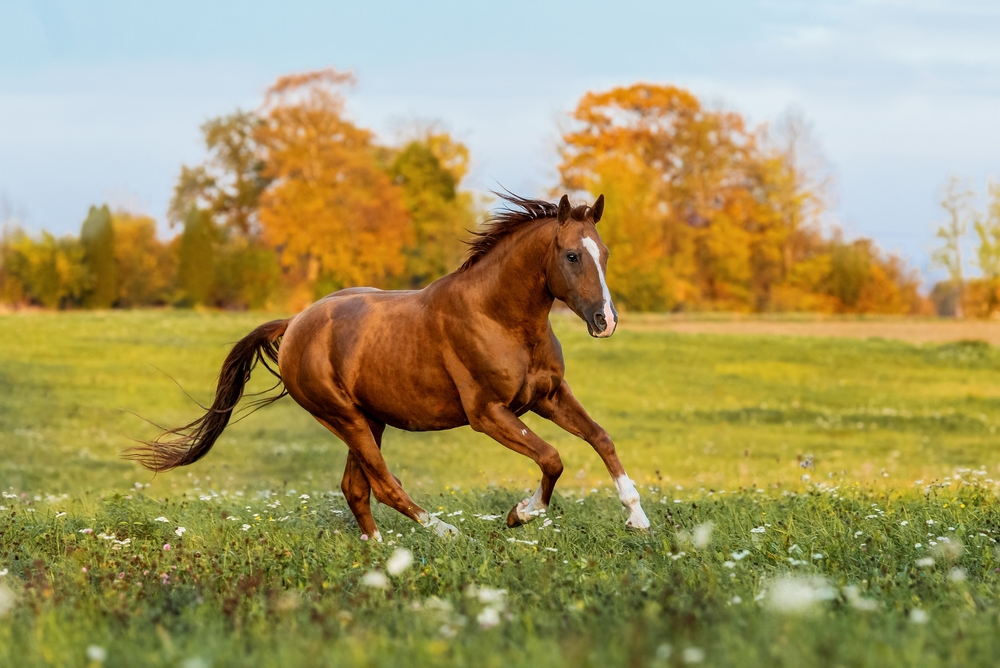Authored by Wood Smith, this guide aims to shed light on a common yet often misunderstood issue in equine behavior – the distress experienced by horses when separated from their companions. This condition, often referred to as “herd-bound” behavior, can pose significant challenges for horse owners and handlers.
Recognizing the Signs of Equine Separation Anxiety
Identifying the symptoms of this condition is the first step towards managing it effectively. Horses displaying signs of separation anxiety may exhibit behaviors such as restlessness, excessive whinnying, and even self-harming tendencies when left alone.
Understanding the Causes of Herd-Bound Behavior
Understanding the root causes of this behavior is crucial. Horses are naturally social animals, and their instinctive need to be part of a herd can trigger anxiety when they are isolated. For a deeper understanding of equine behavior, refer to this comprehensive guide on horse body language.
Managing and Treating Equine Separation Anxiety
There are several strategies that can be employed to manage and treat this condition. Gradual desensitization, training, and sometimes even changes in the living environment can help alleviate the symptoms.
Conclusion
Understanding and managing equine separation anxiety can greatly enhance the quality of life for both the horse and its owner. It is essential to approach this issue with patience, understanding, and a willingness to seek professional advice when needed. For those looking to further enhance their horse’s wellbeing, consider exploring products that enhance hoof health and provide a balance from nature.


